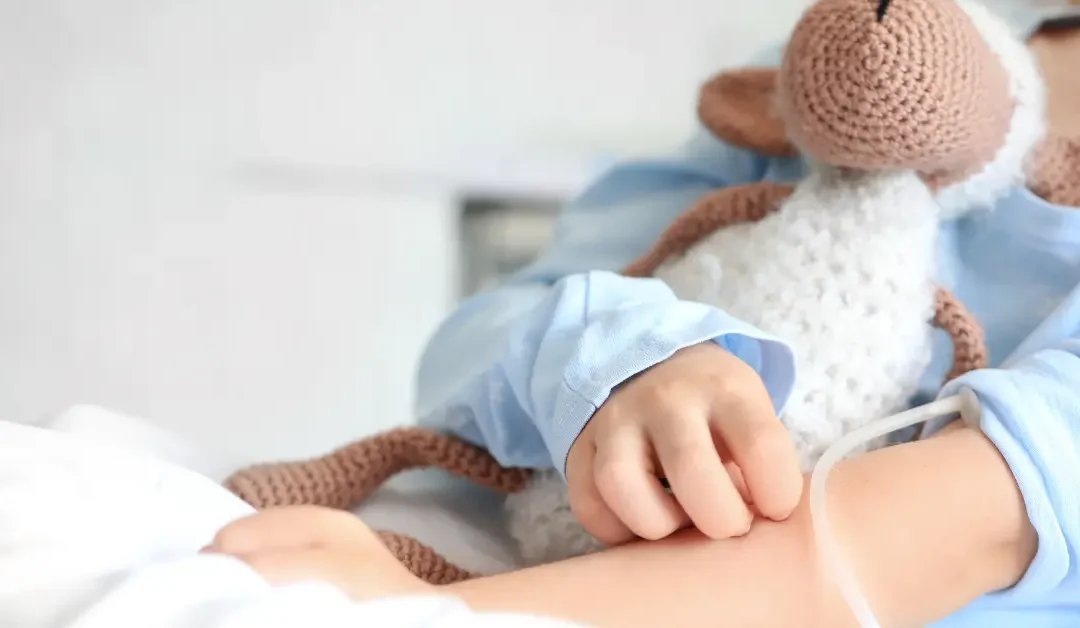The CHI hip surgery review has uncovered serious issues in paediatric care, prompting an apology from CHI and a commitment to reform.

If you have been involved in an incident that has caused injury to your eye, you may be entitled to make an eye injury claim. These injuries can arise in many circumstances and, in some cases, may lead to blindness. These injuries can have a profound impact on a claimant’s life, and they may be entitled to compensation as a result.
The term eye injury encompasses injuries to the eyeball itself and damage to the area surrounding the eye, including the eye socket, tissue, and ligaments.
Your employer is obliged to provide a safe workplace environment. Eye injuries commonly arise in a working environment due to
Eye injuries often occur as a result of road traffic accidents. The type and severity of the injury will differ depending on a multitude of factors. Road traffic accidents are commonly caused by:
Your eye injury may occur in a public place such as a hotel, supermarket or restaurant. Common causes are:
Claims for eye injuries caused by medical negligence are handled differently. A solicitor will need to initiate such claims, and the Injuries Board is not involved in the assessment. Contexts in which such claims can arise include:
Our eye injury claim solicitors are experienced in advising clients on how to make these claims. Many people use a solicitor to aid with this application process as a lot of paperwork and filing are required, and our expert team is on hand to make the process as smooth as possible.
The next step is to apply to the Personal Injuries Assessment Board (PIAB). If your personal injury claim concerns anything other than medical negligence, some assaults, and some cases of entirely psychological injury, then your claim can be brought through PIAB. Examples of claims that PIAB covers include:
Your solicitor will obtain evidence, medical reports, and other expert reports required. And submits these documents to the Board for Assessment.
Once the application is made, PIAB issue a formal notification of claim to the defendant(s). The defendant(s) must indicate within 90 days whether or not they consent or not to the assessment of the claim. If the defendant consents, then PIAB will proceed to assess the claim. If they decline to have the case assessed, the PIAB will issue an Authorisation to allow the claimant to issue court proceedings.
If PIAB is assessing the claim, this will usually take about 9 months. They will then issue their Assessment of your claim, this amount reflects general and special damages awarded in respect of your claim. If the Assessment is accepted by both parties, the PIAB will issue an Order to Pay. The Order to Pay has the same status as an Order of the Court and must be discharged by the defendant(s) within 10 days. A settlement cheque will then be issued to the claimant.
If the Assessment is rejected by either party, an Authorisation will be granted by PIAB to bring court proceedings.
How much compensation you receive for an eye injury claim is dictated by two legally binding documents known as:
The “Book of Quantum” and
The recently published Personal Injuries Guidelines by the Judicial Council of Ireland.
The Book of Quantum dictates how much compensation you are owed if your Authorisation was received from PIAB prior to the 21st of April 2021. In all other cases, compensation in respect of general damages is assessed with the aid of the Judicial council’s Personal Injuries Guidelines.
The Book of Quantum sets out general guidelines as to the amounts that may be awarded or assessed in Personal Injury Claims. The guidelines are divided into sections depending on what category of injury was suffered, e.g., head injuries, neck injuries, back injuries and spinal fractures, upper limb injuries, lower limb injuries, and body and internal organs. The Book of Quantum sets out 4 steps to assess what compensation is appropriate for the suffered injury. These steps are as follows:
The Personal Injuries Guidelines were adopted by The Judicial Council on the 6th of March 2021. Similar to the Book of Quantum, this legal document sets out guidelines for assessing compensation in respect of general damages. The general principles for this assessment centre on three criteria:
One of the most substantial differences brought about by this update is that the average level of damages awarded has been reduced. The new guidelines have, however, provided more detail and more explanation for claimants, which is overall a welcomed change to the process of making a personal injury claim.
If you think you may be entitled for an eye injury claim, you should contact a solicitor as soon as possible. A solicitor can advise you as to your prospects of success, assist you in gathering all the required evidence to ground your eye injury claim, and will run the proceedings on your behalf.
Solicitors
84 Talbot Street, Dublin 1
D01 YX60
DX 112002
Free Phone: 1800-844-104
Fax: (01) 5312727
Email: [email protected]
Web: www.colemanlegalpartners.ie
Online Enquiry Form: Apply

Head of Client Services
P: 1800-844-104
E: [email protected]
”At Coleman Legal, excellence in customer care is paramount. We aim to meet both prospective and existing client’s needs in a professional, engaging, and friendly manner with a clear objective to give quality legal advice and reach a positive outcome.”